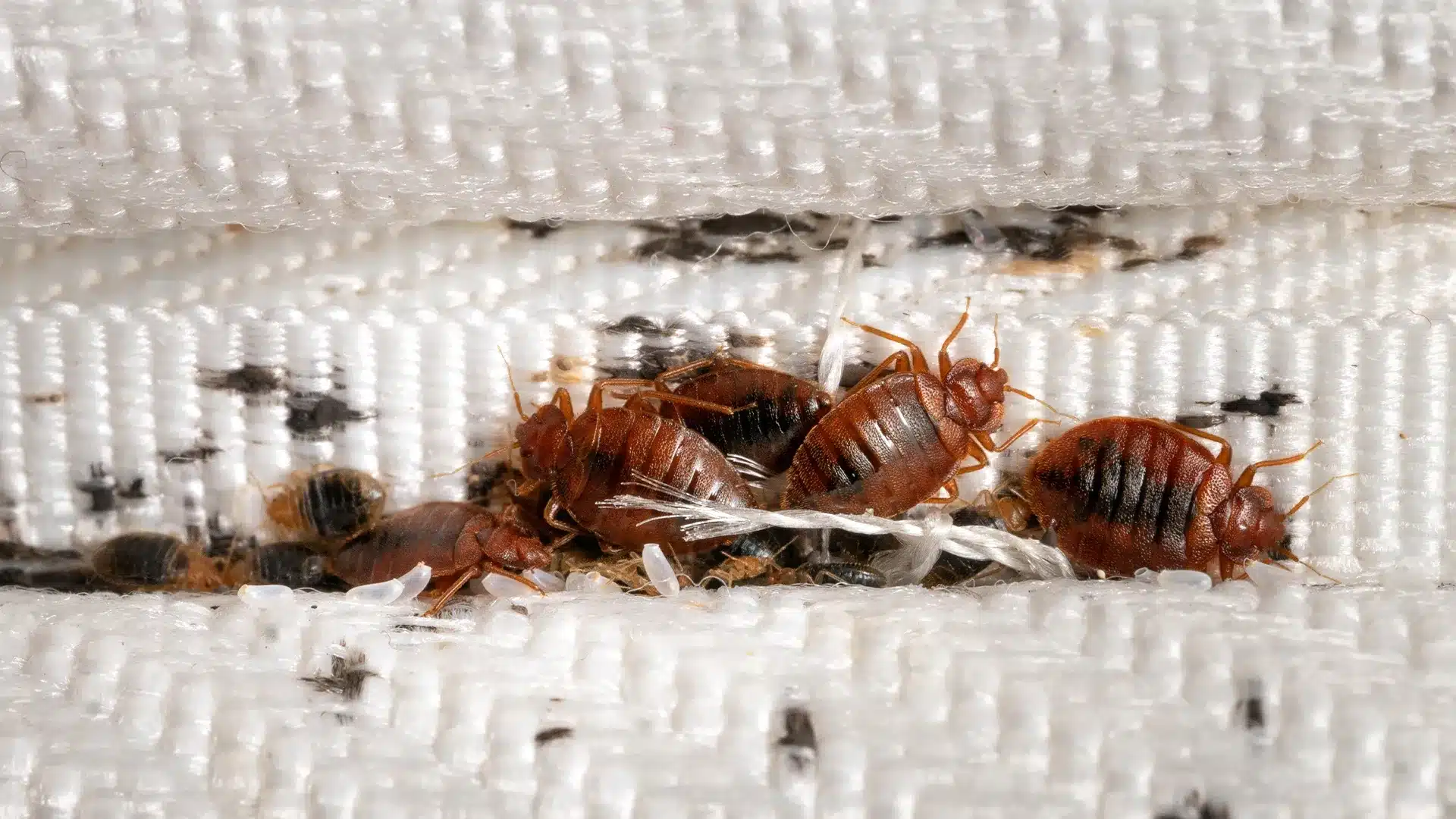Expert Kings Pest Control Services Cincinnati OH
Wiki Article
Kinds Of Pest Control: Which Technique Is Right for Your Problem?
When confronted with an insect invasion, the option of an appropriate technique for bug control is critical in effectively handling the circumstance. From chemical therapies to organic options, there exists a series of strategies that can be employed to deal with different types of insects. Each technique includes its very own set of considerations and benefits, making the decision-making process a nuanced one. Comprehending the nuances of each method and assessing their compatibility with the certain bug problem available is necessary for attaining lasting success in parasite administration. By checking out the different sorts of bug control techniques offered, individuals can make educated decisions tailored to their unique circumstances, ensuring a more lasting and reliable outcome in pest elimination.Chemical Insect Control
Chemical insect control involves using synthetic or naturally acquired chemicals to take care of and eradicate pest populaces efficiently. This approach is frequently utilized in agriculture, forestry, and household settings to battle a broad array of insects, consisting of weeds, pests, and rats. Making use of chemical pesticides can offer fast and targeted solutions to pest invasions, making it a preferred choice for lots of people and businesses.Among the vital advantages of chemical insect control is its capacity to promptly eliminate insects, minimizing the threat of damage to crops, residential or commercial property, and human health and wellness. By making use of specific chemicals that target specific bugs, this approach can properly control infestations while lessening damage to beneficial organisms and the environment when applied properly.
Nevertheless, the usage of chemical parasite control also raises concerns about possible damaging results on non-target species, water resources, and human health. It is essential to follow safety guidelines, apply chemicals responsibly, and consider alternative pest control methods to minimize these threats and make certain lasting parasite monitoring techniques.
Organic Insect Control
Organic insect control, additionally understood as biocontrol, makes use of living microorganisms to minimize and manage bug populaces naturally. By making use of the insect's all-natural predators or microorganisms, organic insect control supplies a ecologically pleasant and sustainable option to pest monitoring.
Mechanical Bug Control
Making use of physical and hand-operated techniques to handle insect populations, mechanical pest control offers an alternative approach that does not rely on making use of living microorganisms or artificial chemicals. This technique includes using obstacles, catches, or various other gadgets to physically deter or remove bugs. By blocking pest entry factors or setting up traps to capture them, mechanical bug control can successfully decrease infestations without presenting chemicals right into the environment.One common instance of mechanical insect control is the use of mesh displays on doors and windows to avoid pests from going into structures. This basic yet efficient method works as a physical barrier, keeping parasites out while enabling for proper air flow. Furthermore, tools like mousetraps, fly swatters, and ultrasonic repellents fall under the mechanical pest control group.
While mechanical insect control methods can be labor-intensive and need regular monitoring and upkeep, they offer a lasting and eco-friendly check here remedy for handling parasite invasions. By incorporating different mechanical strategies, homeowner can develop an extensive parasite control technique that decreases reliance on chemical pesticides.
Physical Bug Control

Some common physical bug control approaches include making use of barriers such as displays or webs to stop pest access, catches to catch and remove pests, and hand-picking to literally eliminate insects from plants or structures. In addition, methods like warm treatments can be made use of to manage pests like bed pests by increasing the temperature to degrees that are deadly to the pests.
Physical bug control is particularly valuable in incorporated insect monitoring (IPM) methods, where multiple parasite control techniques are Read Full Article combined for reliable bug management while decreasing using chemicals. By utilizing physical bug control techniques, people can efficiently resolve insect infestations with very little ecological effect.
Integrated Parasite Administration
When applying physical insect control approaches as part of parasite management techniques, Integrated Pest Monitoring (IPM) becomes a detailed approach that leverages different strategies to efficiently manage pest populaces. IPM focuses on long-lasting avoidance of insects with a mix of biological, cultural, physical, and chemical devices customized to specific bug concerns. By integrating several control techniques, IPM intends to reduce the dangers related to pests while likewise minimizing dependence on chemical solutions.One key element of IPM is the focus on surveillance and assessing pest populations to identify one of the most proper control approaches. This positive technique enables very early intervention and targeted approaches, leading to much more effective bug monitoring. In addition, IPM advertises eco-friendly techniques by focusing on non-chemical control approaches and just making use of chemicals as a last option.
Final Thought

By utilizing the bug's all-natural predators or pathogens, biological bug control supplies a lasting and eco friendly solution to pest administration. - Kings cincinnati pest control
Making use of physical and manual approaches to manage pest populations, mechanical pest control provides an alternate method that does not depend on the use of living organisms or synthetic chemicals.An effective method to managing insect populations without relying on chemical or biological approaches entails the usage of physical parasite control strategies.When carrying out physical bug control techniques as part of insect management strategies, Integrated Pest Monitoring (IPM) arises as a detailed technique that leverages different techniques to effectively regulate pest populaces. Chemical pest control entails the use of chemicals, biological bug control uses natural predators, mechanical pest control involves physical obstacles, physical bug control includes trapping or getting rid of bugs, and integrated parasite monitoring integrates multiple approaches for an alternative method to pest control.
Report this wiki page